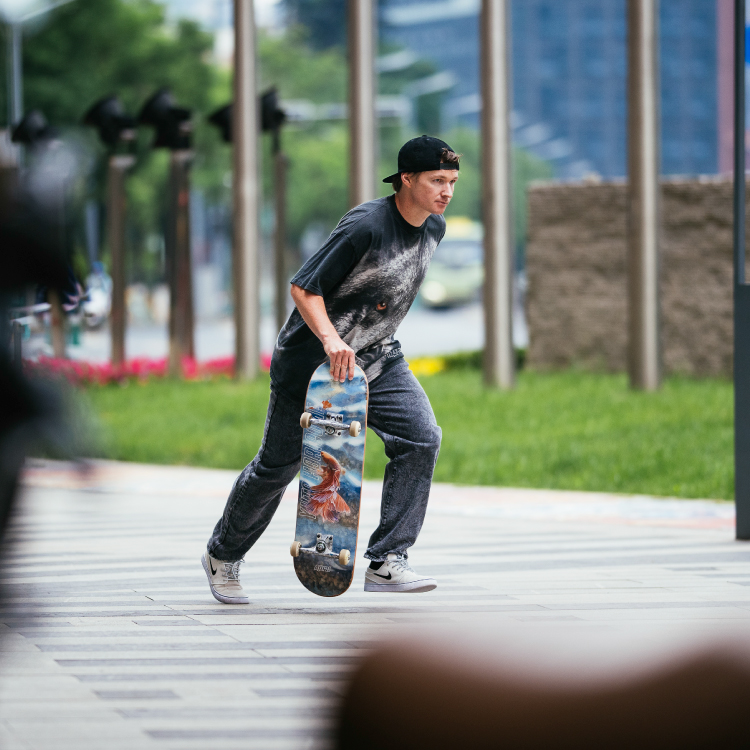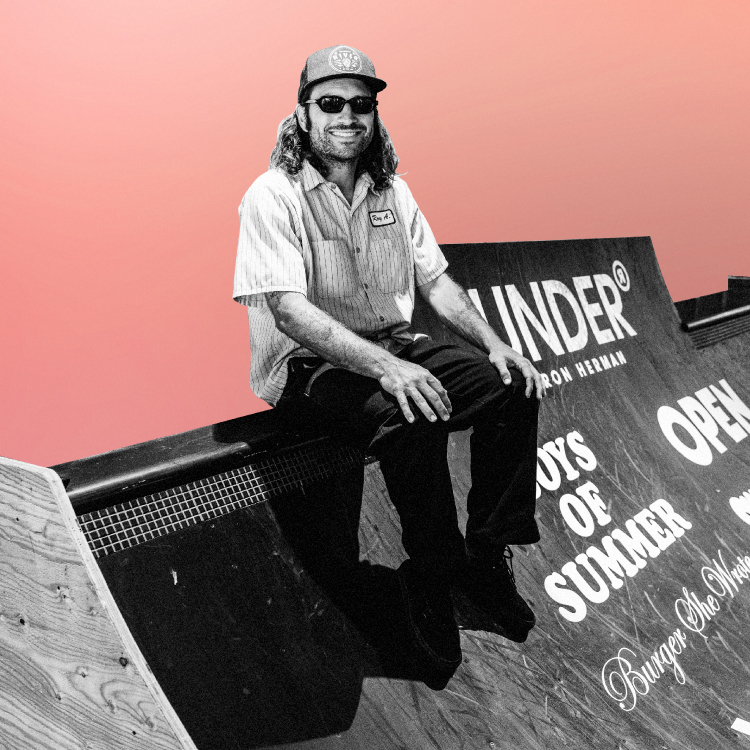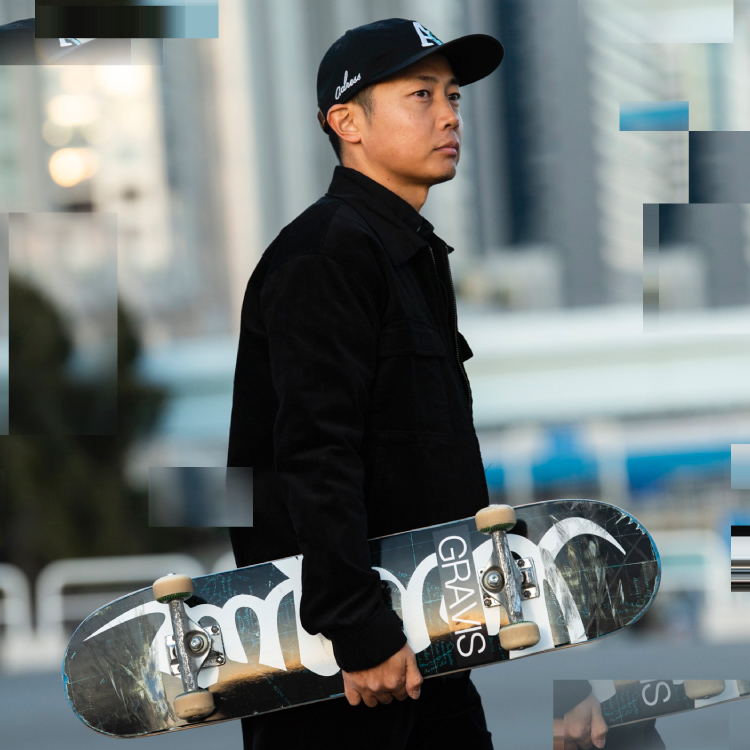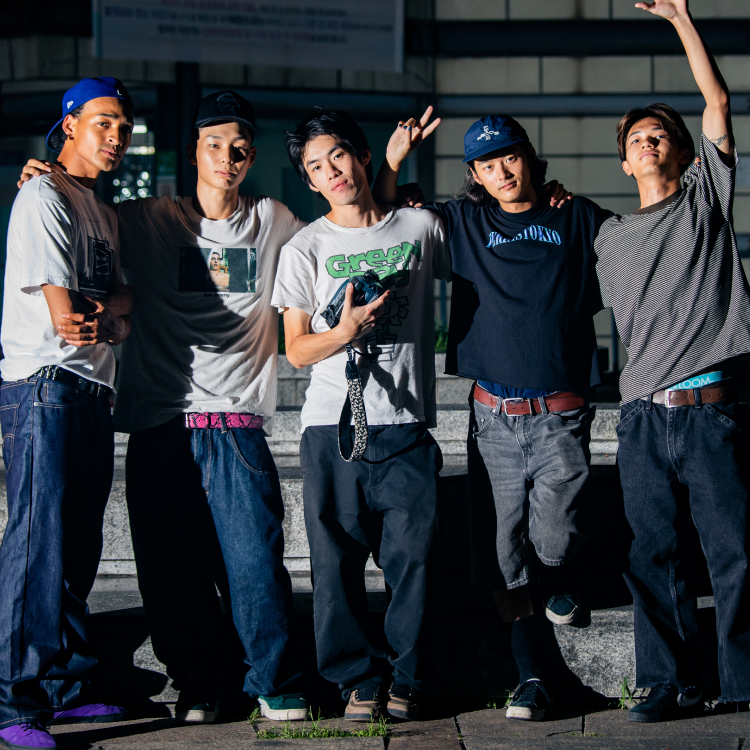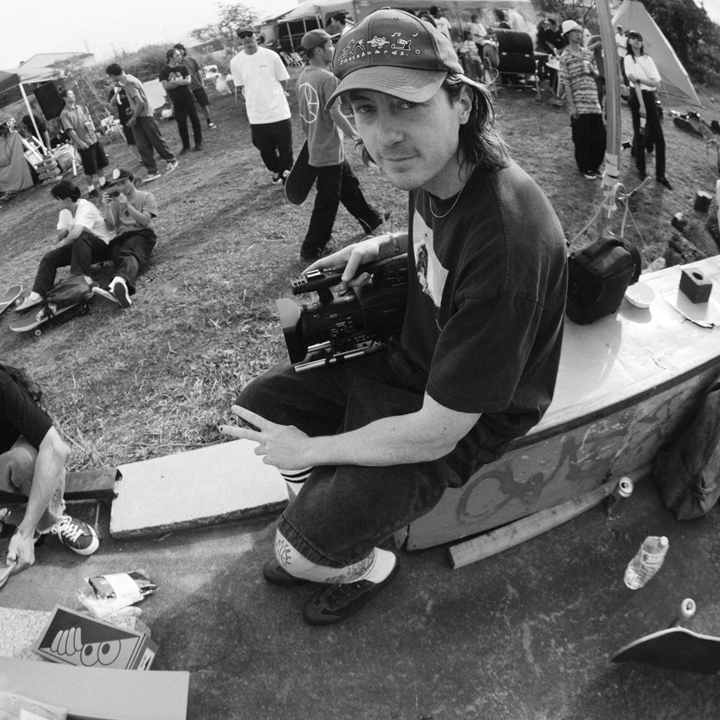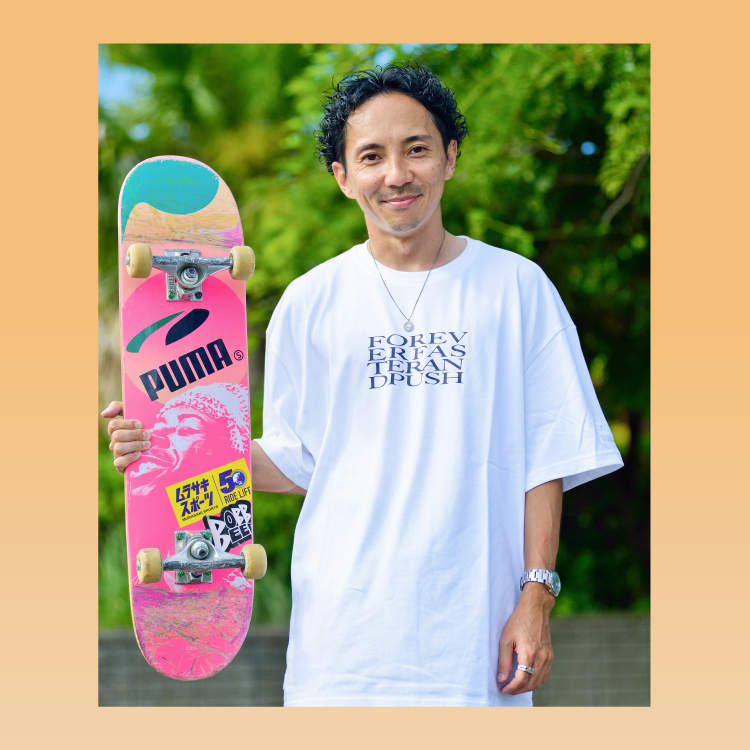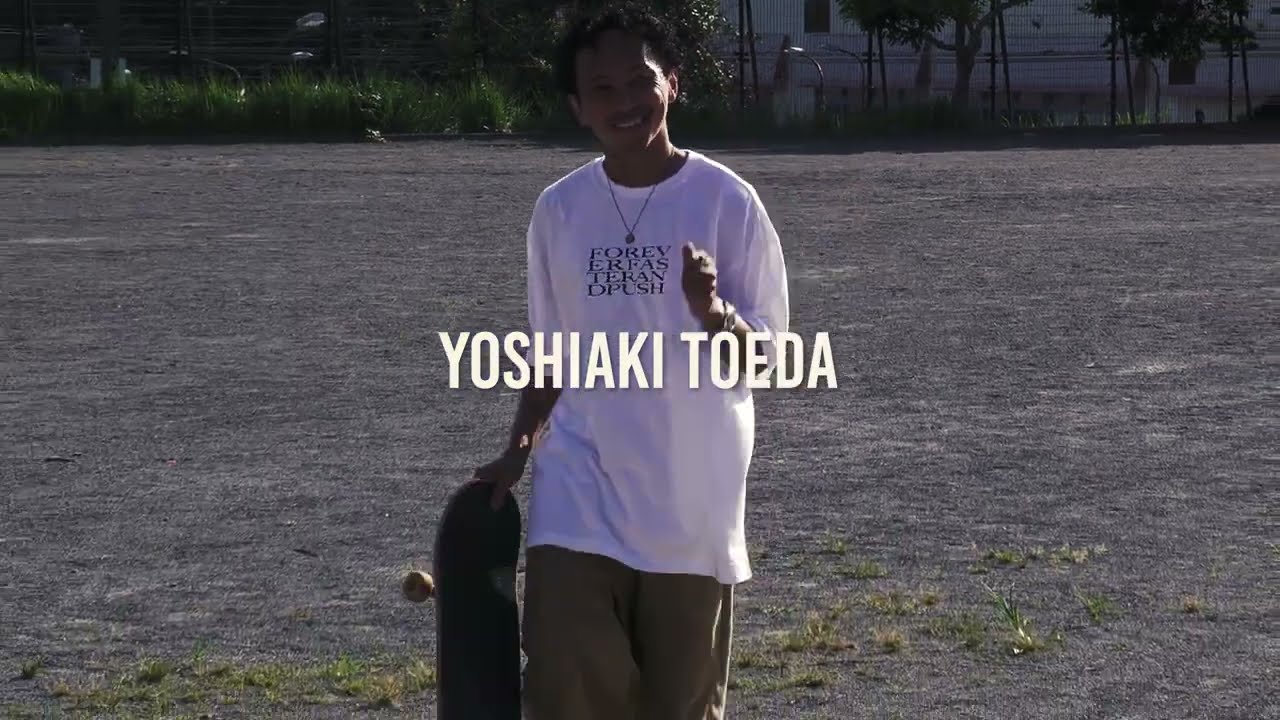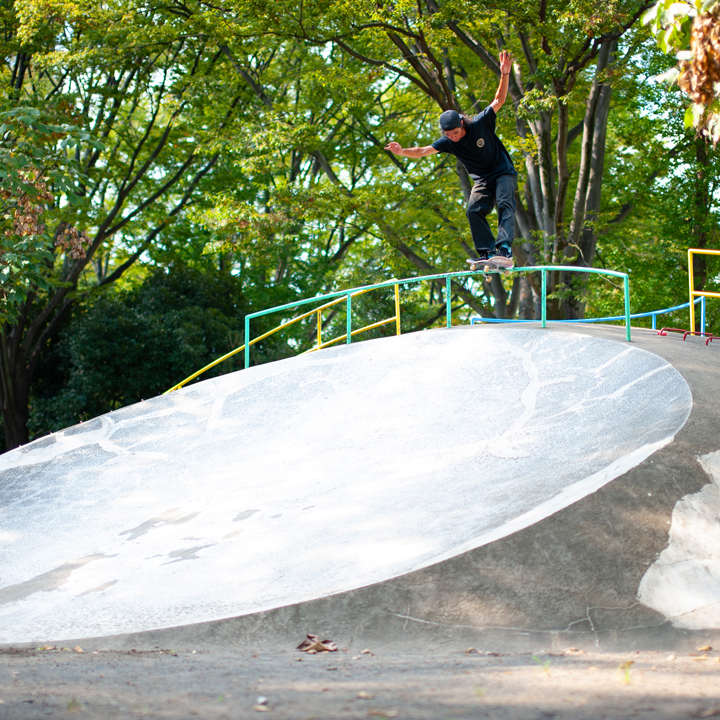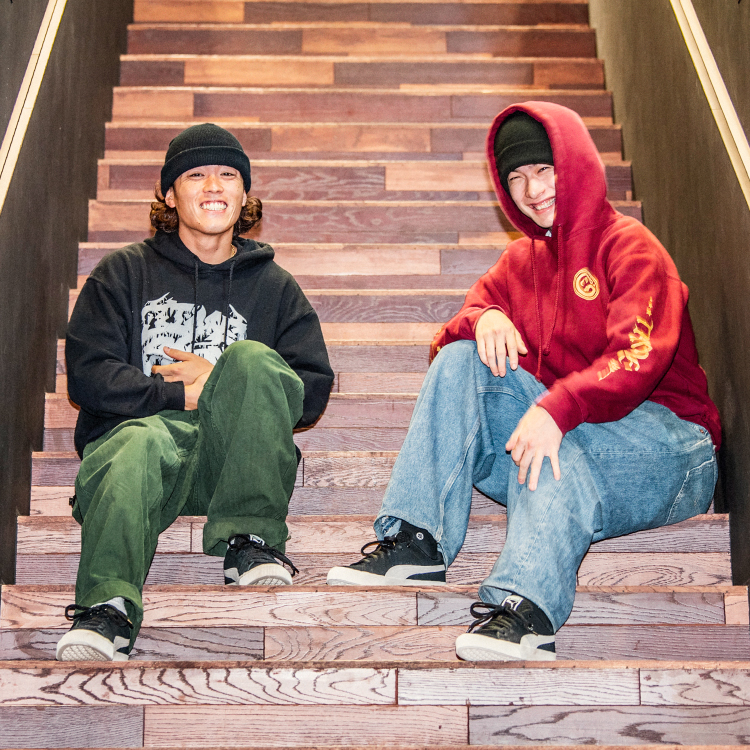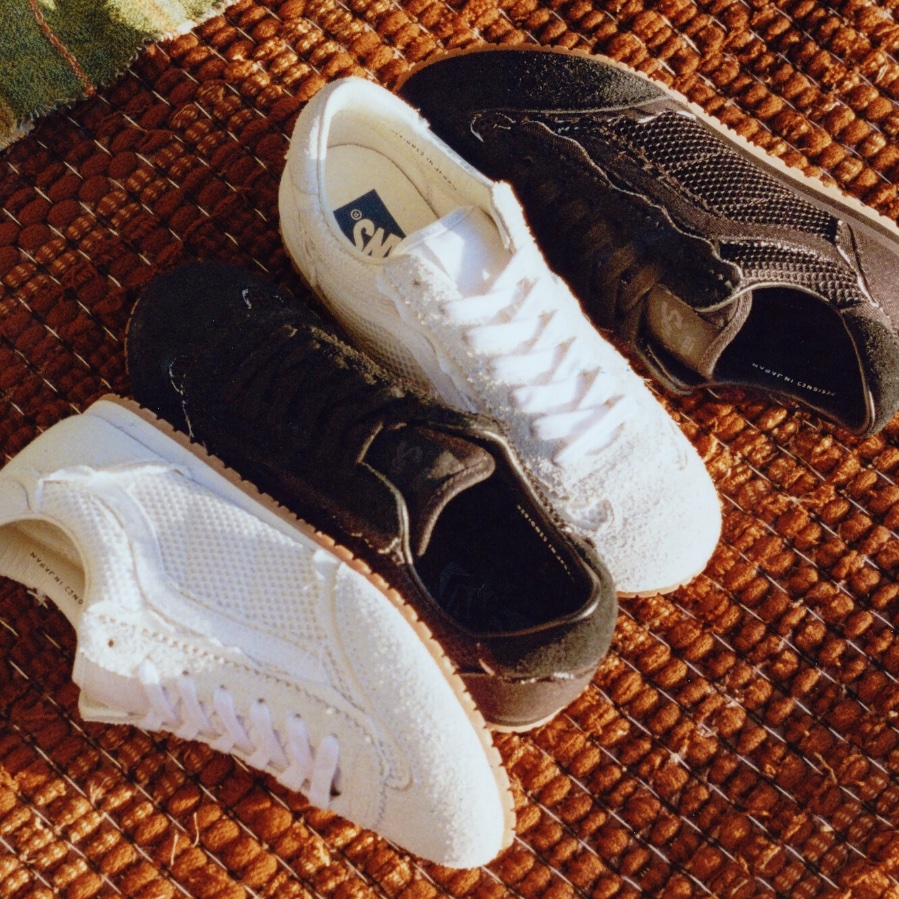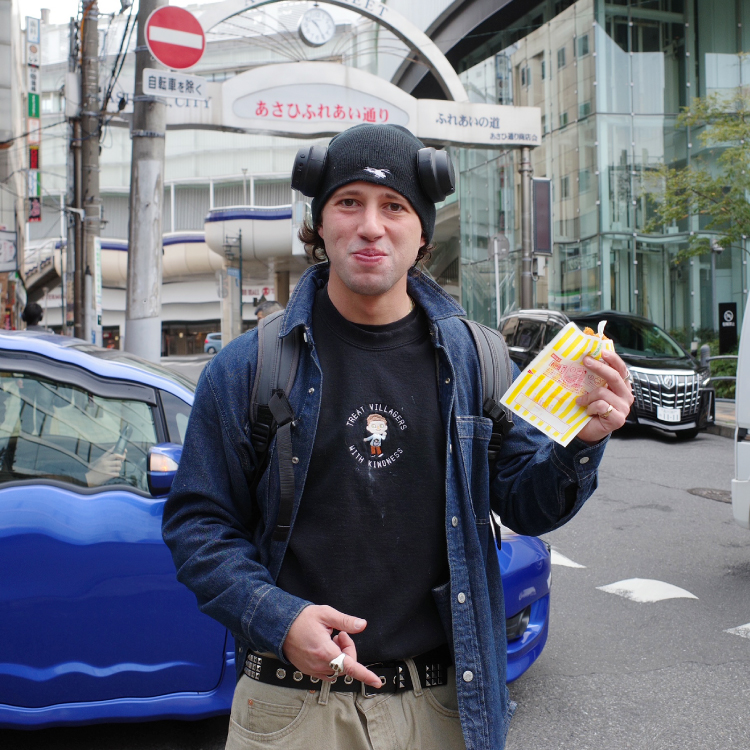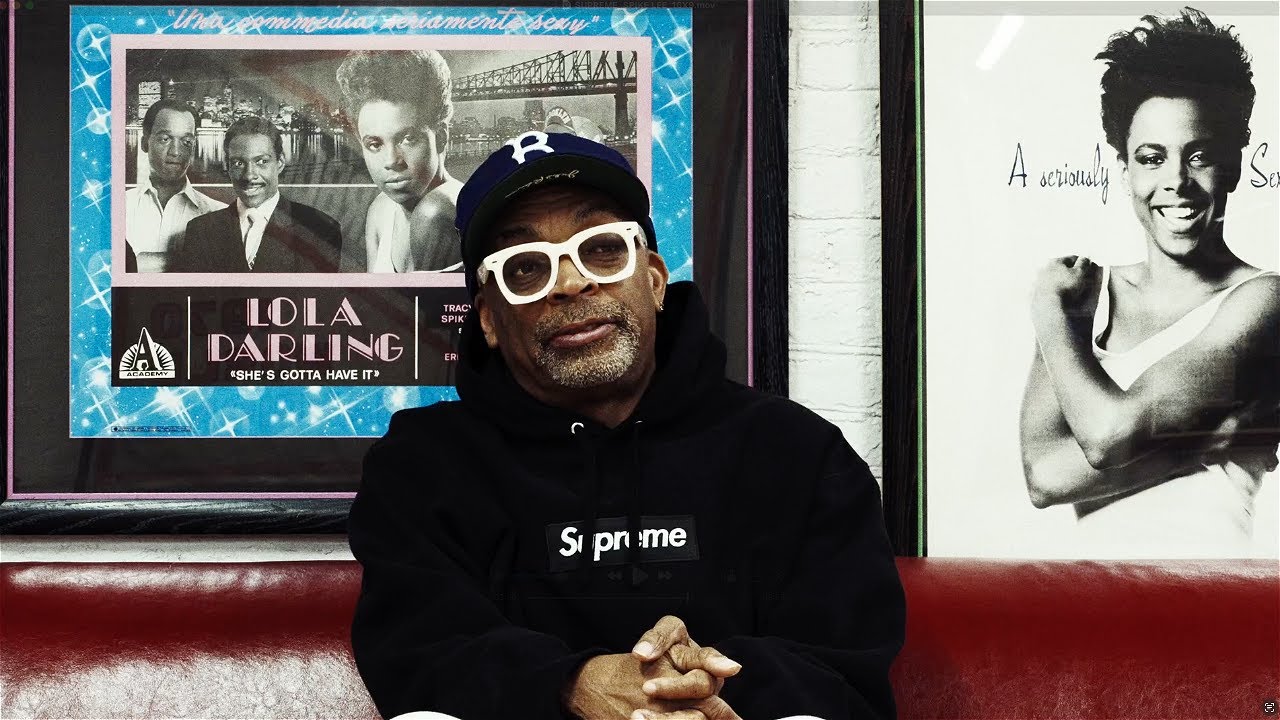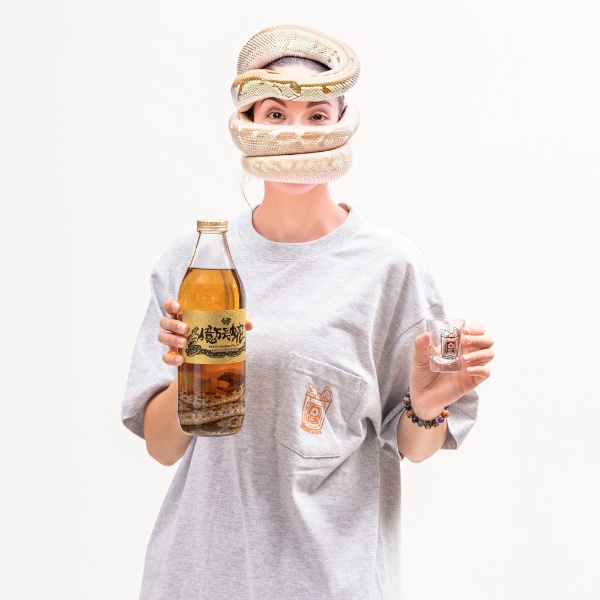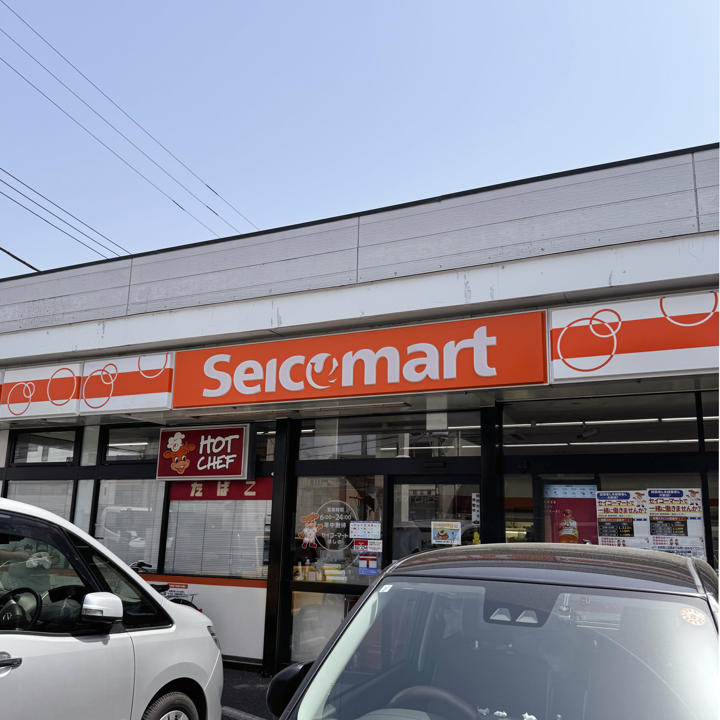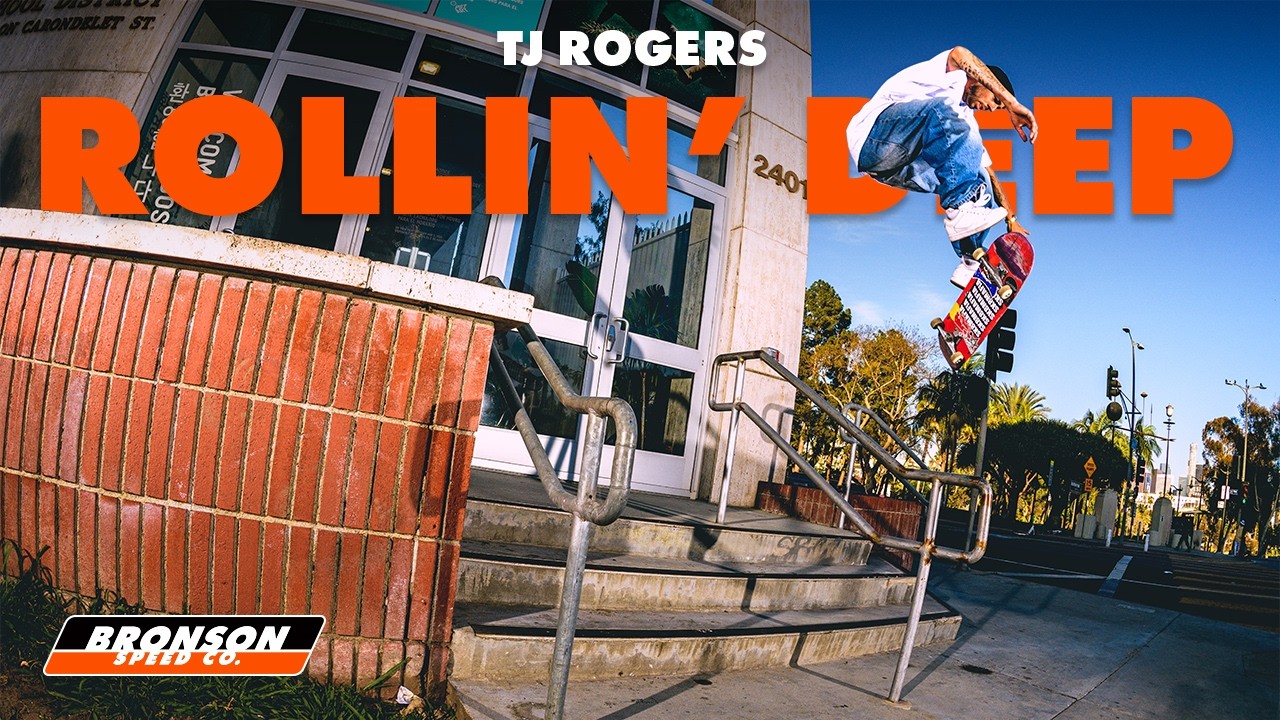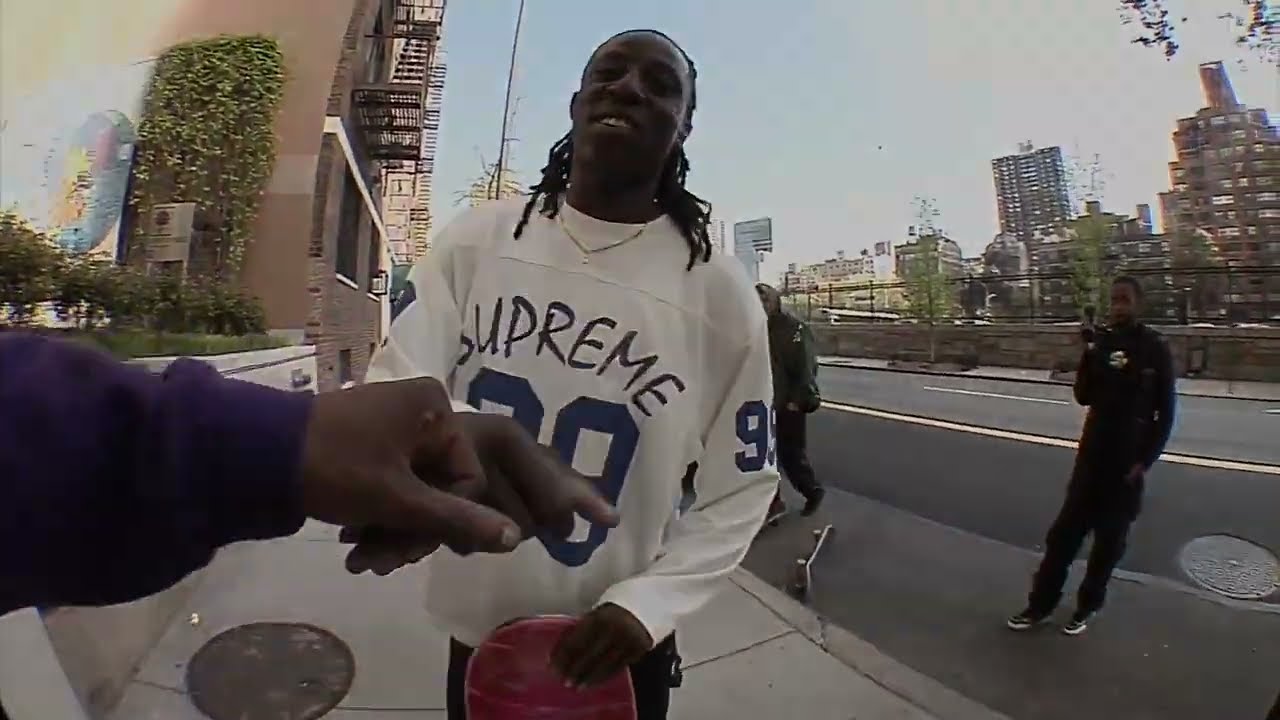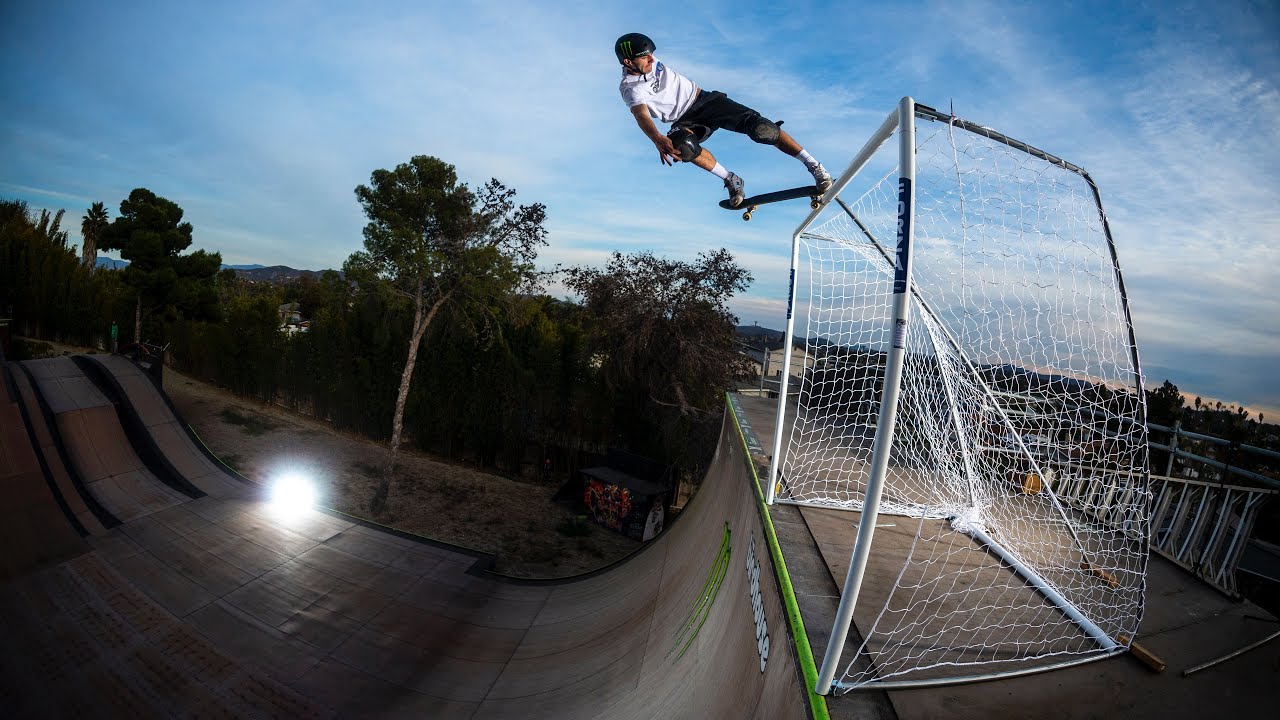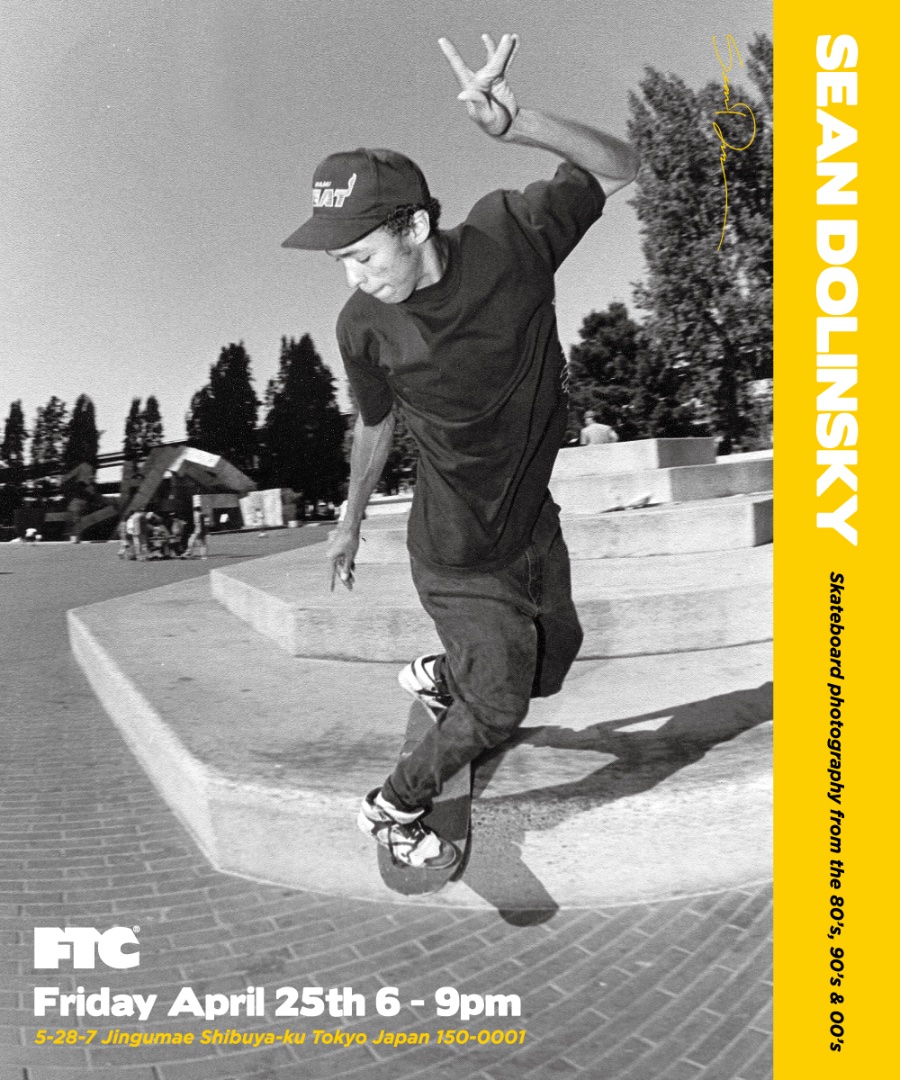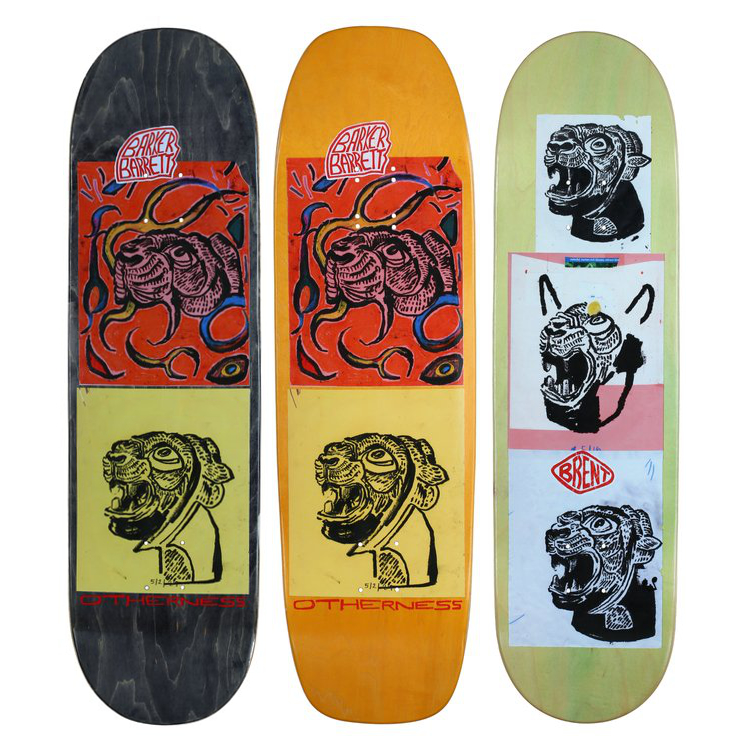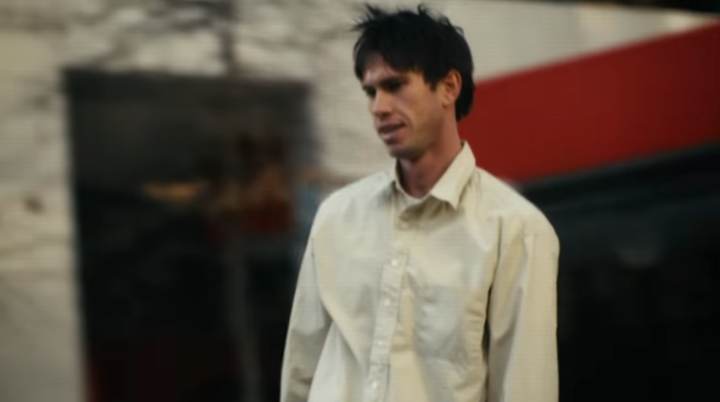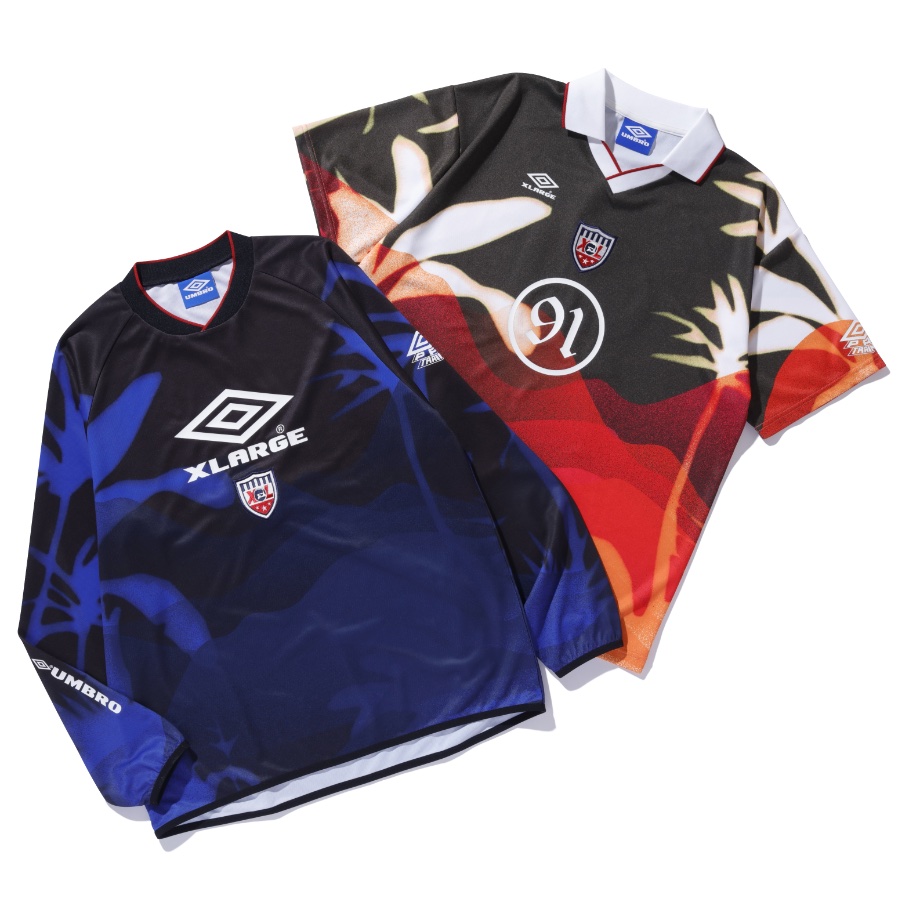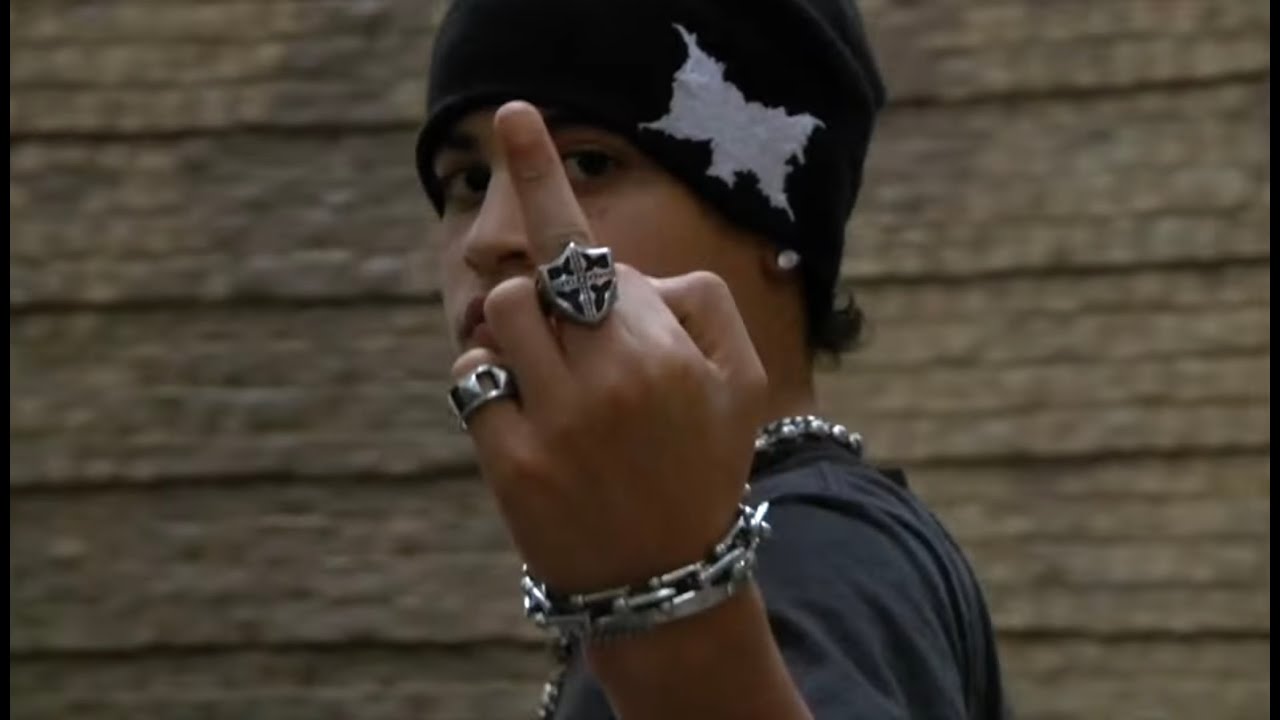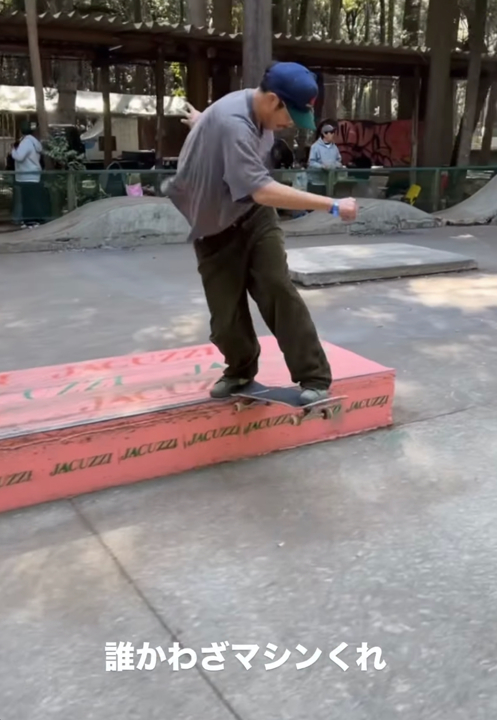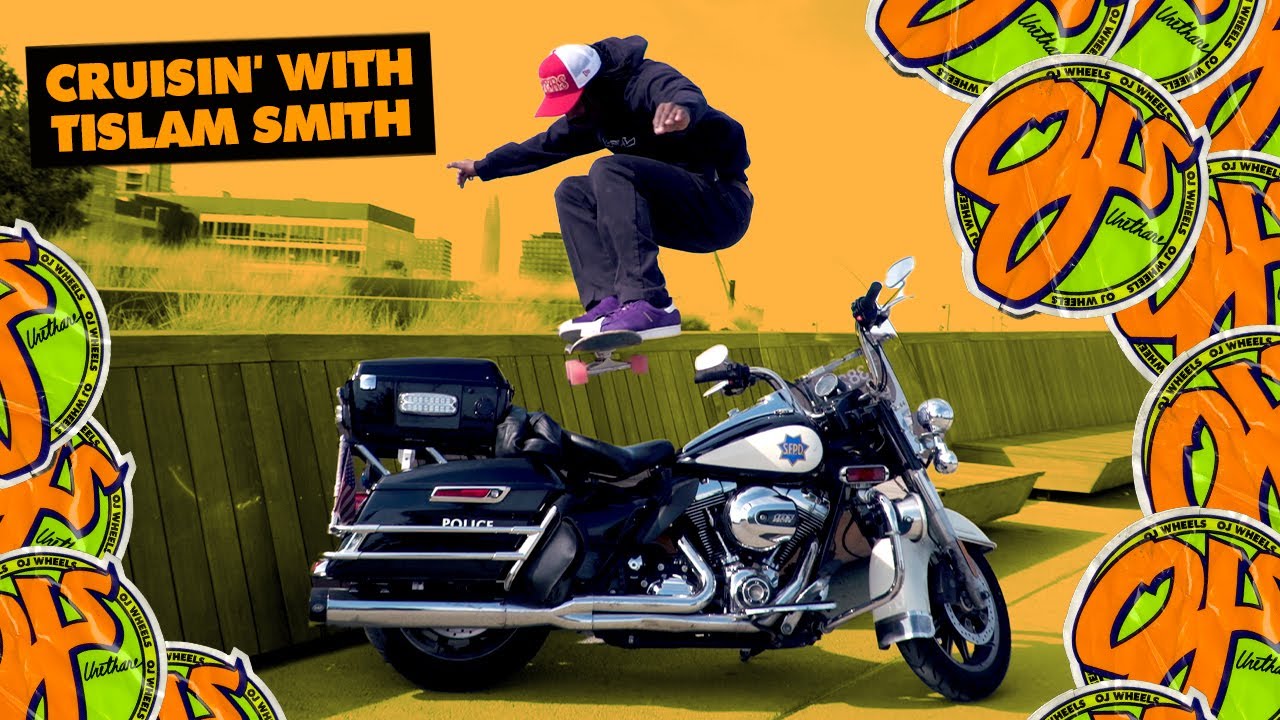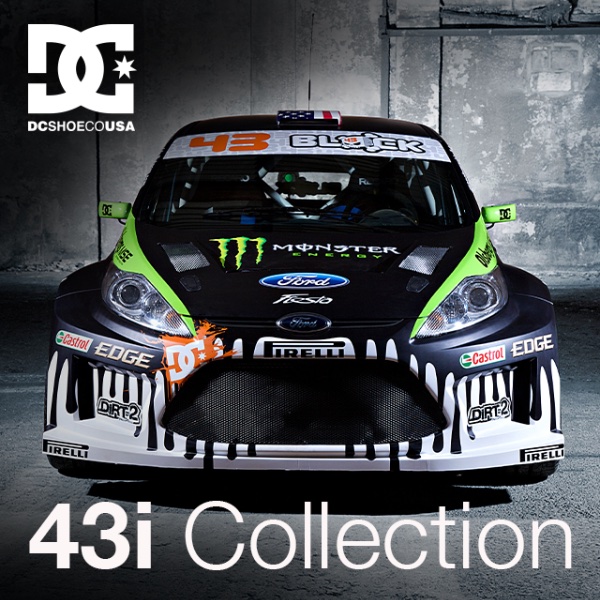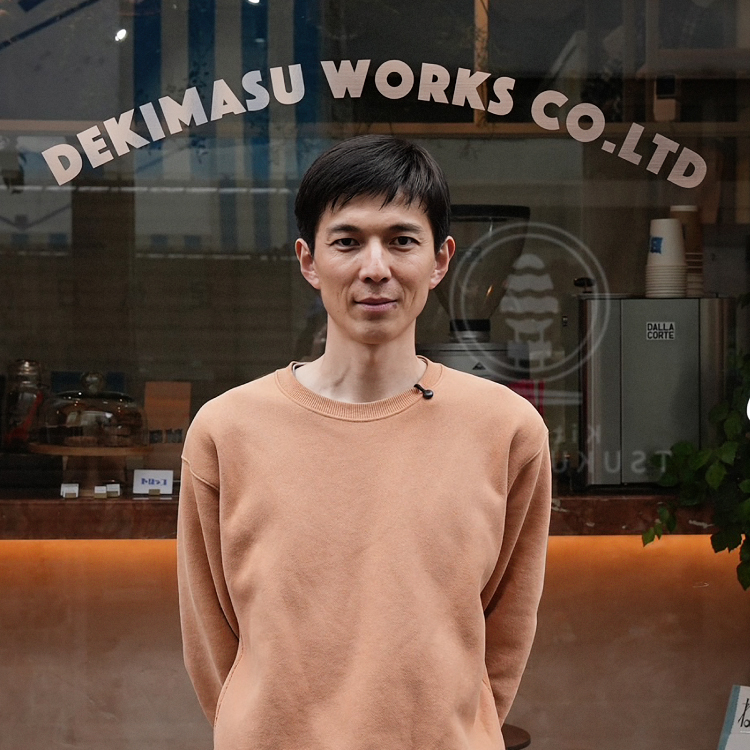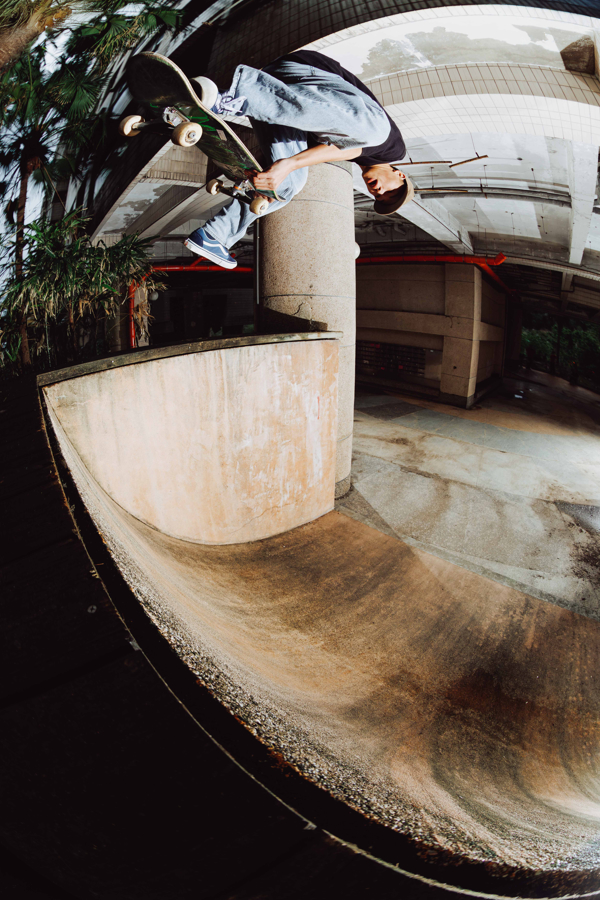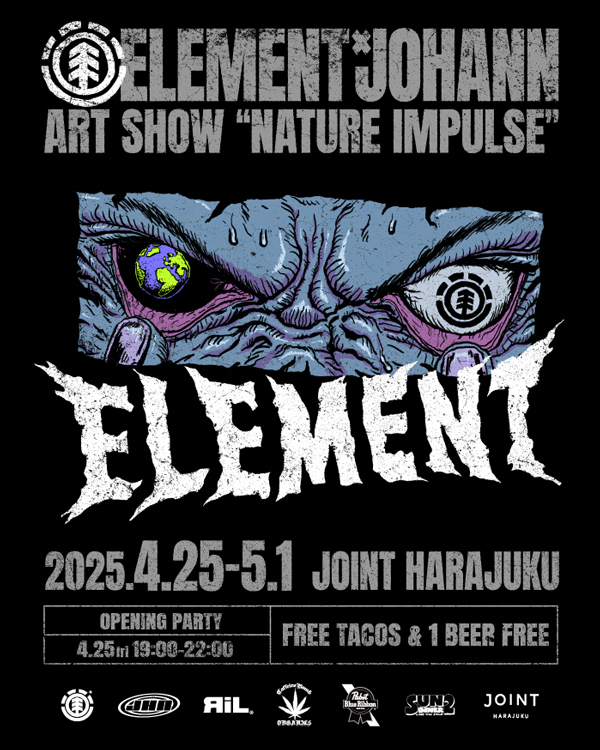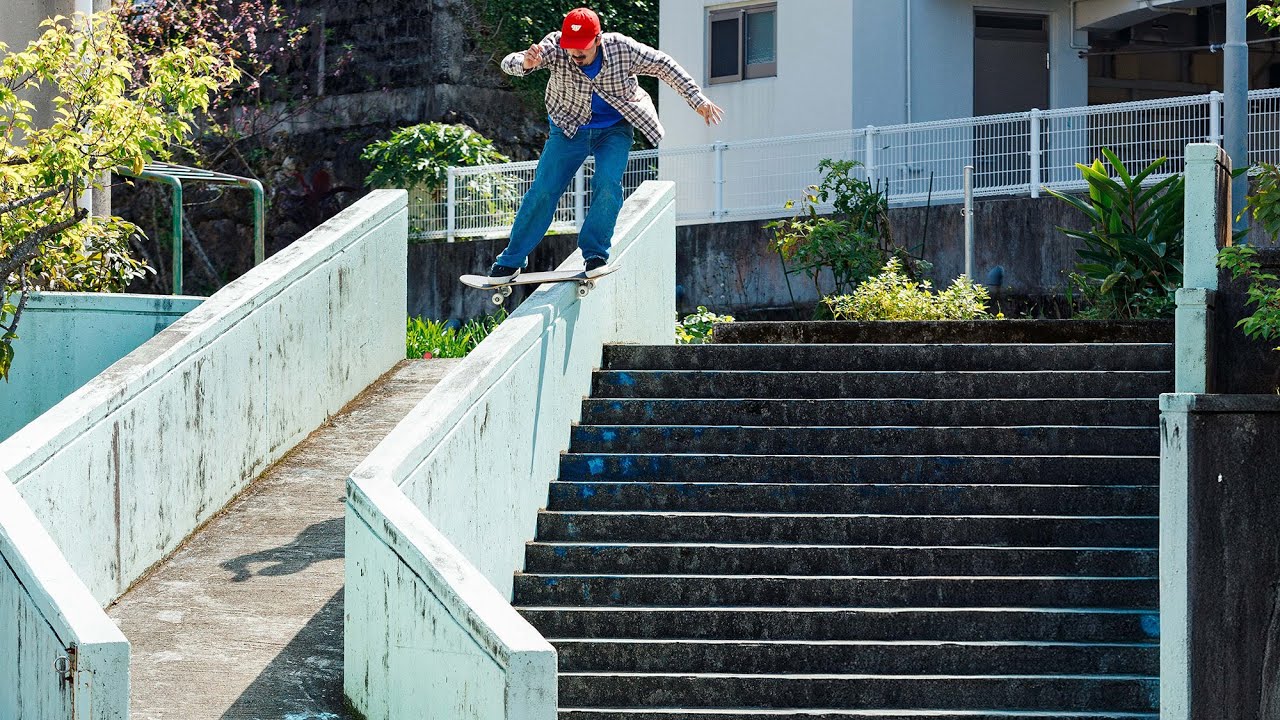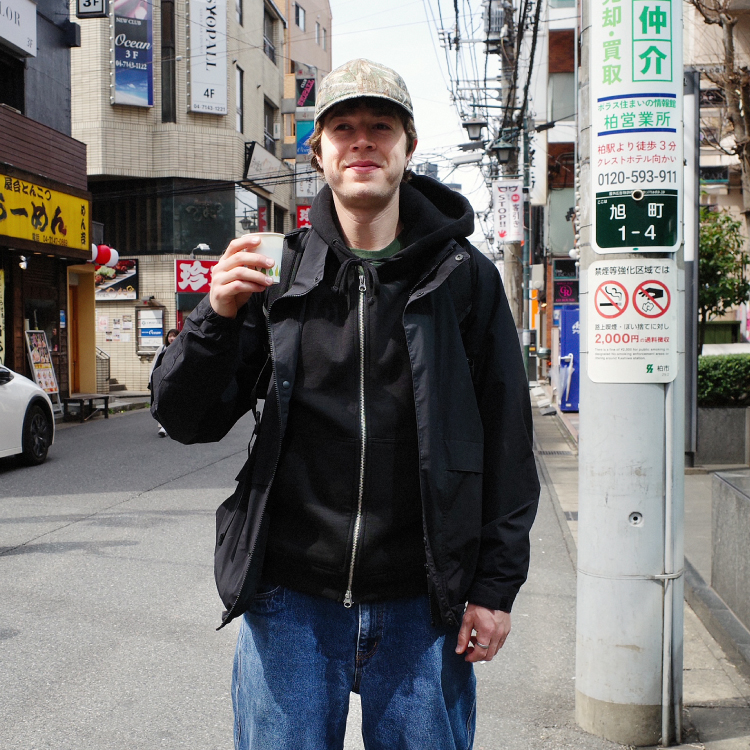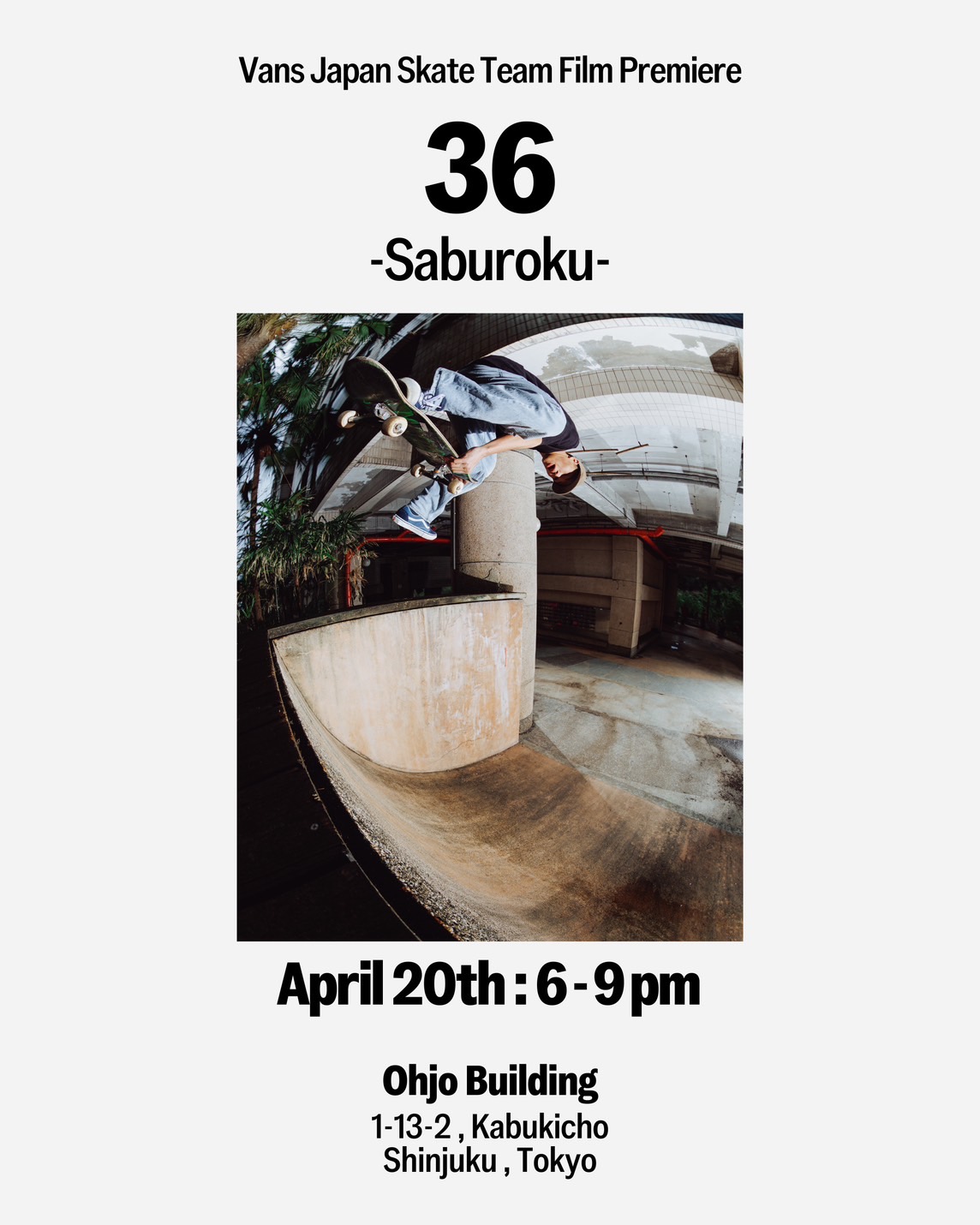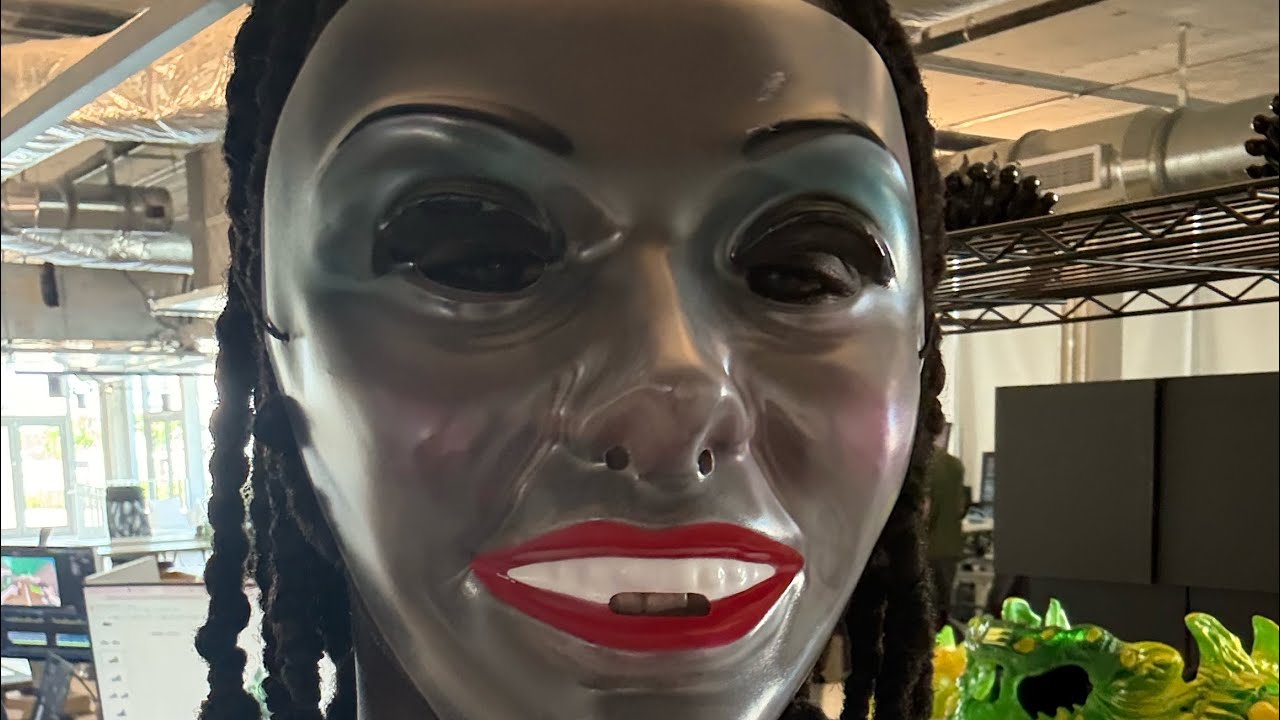PUMA SKATEBOARDING's second video IVY has been released. We interviewed filmer/director/rider Yoshiaki Toeda about the process of completing the video.
──YOSHIAKI TOEDA (ENGLISH)
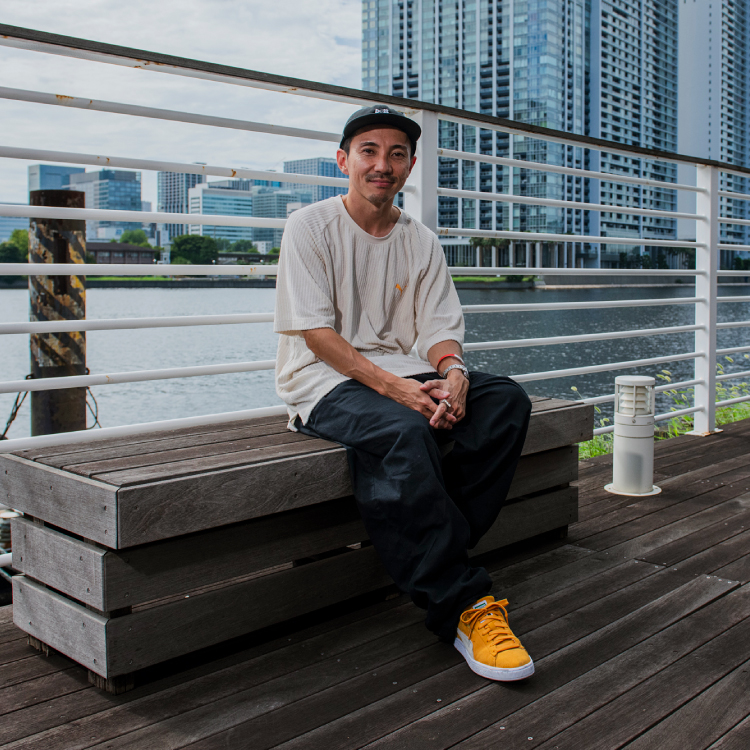
[ JAPANESE / ENGLISH ]
Portrait_Waguri
Group photo_Kaisei Yamaguchi
Special thanks_PUMA JAPAN
VHSMAG (V): How did you get on PUMA SKATEBOARDING?
Yoshiaki Toeda (T): I got an offer from them but I didn't know at the time what they were doing with the team. I needed time to think. I was thinking about it for a few months, and I decided to join the team because they were going to work on projects with the team.
V: Their 1st video had already been released when you joined, right?
T: Yes, it was last fall when I joined the team and the welcome video was released.
V: How did you start filming?
T: I originally used a Nikon film camera for a long time to take photos, and it was around 2010 when I was able to shoot video with a digital SLR camera. I used the Nikon lens as it was and changed the body that could take both photos and video and it worked well. It was a time when I was going overseas a lot and Anthony Claraval, a filmer I was working with, had just switched from VX to a digital SLR. He taught me a lot. From there, I started thinking it would be interesting to shoot video with a SLR. So I bought a new body and was filming in Japan with it, but there were still few people shooting with SLR cameras back then. People would often ask me, "Can you shoot video with that camera?" At that time, I was skating with Hiroyuki Matsuo and Yuto Kojima, and I would film from sub-angles at spots where I wouldn't skate and give them the clips.
V: How did you become involved in this video project Ivy as the main filmmaker?
T: When I was invited to join the team as a rider, the first video was already out and all the young guys were insanely good. You know, like Sora Negishi and Kouki Arima. Also they have Gimpei Saito and Mantaro Tokura. I was a bit worried that I wouldn't be able to skate at the same level. They wanted me to join as a position above that generation, but I wasn't 100% sure if I should get in there like that. But I can also film, so I thought it's easier for me to get involved as a rider and filmer. If I can help out as a filmer when I can't get clips as a rider, I'm more willing to go to the site as part of the team. I don't have to be the main filmer and if I could contribute to the team like that, that would be great for both sides. Then they organised a filming session for socials and gave me a role as a filmer.
V: How were filming sessions for the socials?
T: At first, we used to get together as a team every month and go to parks and stuff like that, and upload about four videos a month on PUMA JAPAN's Instagram. Now it's about once every two months.
V: I see. So that's how you started as a rider and filmer with PUMA SKATEBOARDING, and how did this video project Ivy start?
T: There was originally talk of making one team video the year after I joined the team, in 2024. I was able to communicate with everyone in the team through that filming sessions and was feeling more comfortable. I was told about the video project at the end of last year and we were supposed to start in the winter, but we got a little off track and started filming in March. They had about six months to film for the last video, but this time the schedule was super tight (laughs).
V: That's a pretty tight schedule. Was the title Ivy your idea?
T: Yes, it was my idea. At first I couldn't come up with a concept, but when I gathered clips and laid out the tricks and b-rolls, there was a lot of green in the spots because it was spring at the start. There is a lot of fresh green, or rather beautiful green. It's very green in every spot. It's not summer green, it's super fresh green. There's footage from the Okinawa tour we did in April, and of course there's greenery in the nature spots. I wasn't involved in the last video, so I knew I needed to do something different. For the last video, all the spots were tied to Tokyo, so this time, on the contrary, we went to Okinawa, or even Yokosuka because Kouki was there. There were a lot of nature spots that were really green. So I wanted to get a title from green, and what came out was Ivy, as in ivy green.
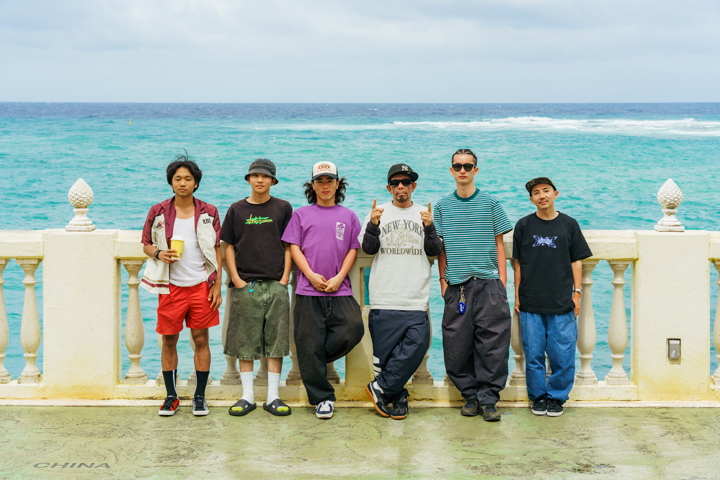
V: What were the key aspects of filming and editing?
T: As is usually the case, I don't want to do anything too eccentric when it comes to the way I film. You know, like unusual angles and unique originality. I like orthodox skate clips, so I don't think the way I film is that distinctive. After all, the person filming and the person editing are both behind the scenes. I didn't want to stand out more than the tricks. I don't want it to come across as "the trick was sick, but the way it was filmed was sick too." I want people to say, "The skater was sick," so that's something I'm sticking to. I don't have a 'I have my own way of filming' kind of obsession, on the contrary.
V: Who are some of the filmers you're influenced by?
T: So many. In the early stage, I liked Ty Evans and John Holland, who were filming TWS videos. Recently, I like Kyle Camarillo a lot. As for someone who can both film and skate, I like Gustav Tonnesen. There's too many to name...
V: You had a lot of opportunities to work with some of the best filmers because you were visiting overseas all the time for a period of time. It seems like you learn a lot while working together with filmers.
T: Yes, I'm really good friends with Anthony and he taught me most of my basic English. He taught me everything about filming, so I think I was able to absorb it naturally. We still talk about equipment and lenses.
V: So tell us about the non-skating parts of this video, like the music and the artwork.
T: Selecting music was really hard. I have a lot of Hip-Hop artists around me, so if I asked them for help, I wouldn't have any trouble finding a soundtrack... But then, if that’s the case, that would be very close to what Dobb Deep is doing. I felt it would be different to bring that to PUMA. When I was looking for the kind of sound that would fit in with the team, I thought Olive Oil would be a good choice. It's Hip-Hop, but with various sounds and a 3D-like atmosphere. I thought it would be a good fit for the team video with a lot of different riders. I knew him, so I made an offer and he agreed. As for the artwork, there's Olive Oil's brother, Popy Oil, who I had dinner with once. I thought that if I’m going to make a skate video with Olive Oil's music, it would be nice if Popy Oil could add some color to it. He agreed to do that too.
V: It's like a good connection that came together. Now tell us about the episodes during filming.There are so many different generations of riders, from Junnosuke Yonesaka at the top to Ginpei Saito at the bottom. What were some of the most memorable moments from the last three and a half months of filming?
T: The pressure was enormous. But I film with Junnosuke on a daily basis, so it felt natural. His technical tricks are amazing, some of the tricks took two and a half hours to film. Junnosuke didn't skate at all for about six months last year due to his health. Before that, he had been unable to move for three or four months because he rolled his ankle when he was filming for the last video. So we started filming this time after almost a year of not moving his body, and it seemed like it's quite difficult to start skating again at first. He didn’t have the physical strength. But once we started filming, he battled for a couple of hours and made it perfectly. I was going to go along with him all the way to the end, but then I thought, "This guy is really amazing (laughs)."
V: As a fellow technical skater, you understand how it feels to be on the other side of the camera. What about the other skaters?
T: I thought Gimpei and Kotaraw Nakano were great. They have the skill of today's generation. They can pull their tricks super quick and can skate anywhere. I thought Ginpei, in particular, was very professional despite the fact that he's still 16. He can jump down big stairs, but more than that, he's got quick feet. When you're young, you may be intimidated by the difficulty of the street spots at first, but they can skate better than anyone else.
V: You collaborated with the team not only as a rider but also as a filmer. What did you particularly enjoy?
T: It was fun the whole time I was filming. I was able to work with riders I normally don't work with. Tabe-chan (Shota Watanabe) from Chuulip and Naoyan (Naoya Morohashi) helped out. For the night sessions in Tokyo, they helped film Gimpei, Sora and Kotaraw, and shared a lot of things with me. It was fun to see things progress in that way. The schedule was tight, but on the other hand, I think a 3 to 4-month project is good. It allows me to concentrate on the project without having to include other trips.
V: Now that PUMA SKATEBOARDING's second video Ivy has been successfully released, what are your future plans for the brand?
T: I would like to continue to work on the streets like this. I think that's what a skate team is supposed to do. But I also like video projects for socials where we all get together once in a while and skate at skateparks. It's easy with local friends, but it's surprisingly difficult to get together on a regular basis with a brand that has many different riders. Also, football-derived skate shoes will be released in the summer. After that, I hope to keep going on filming trips with the team.
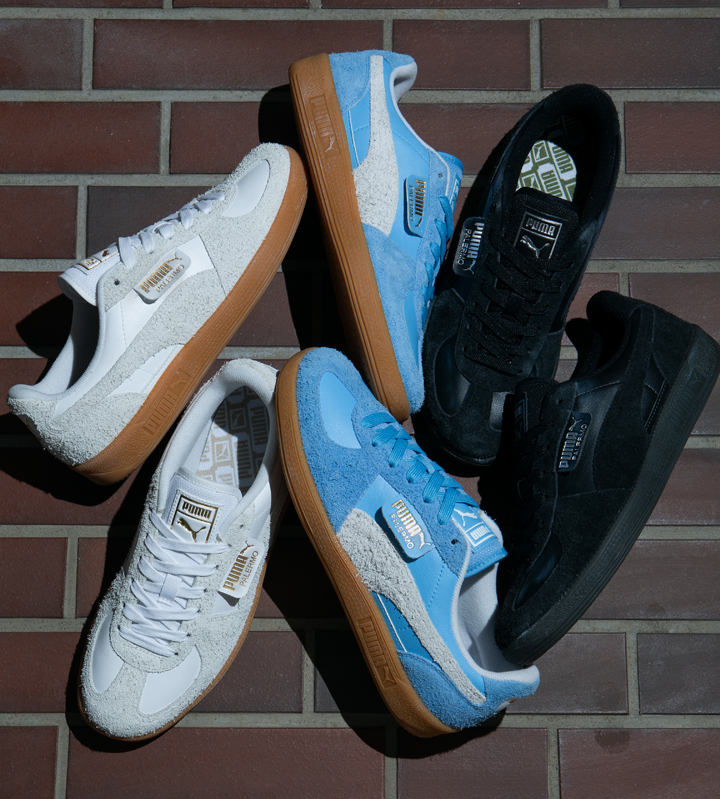
PUMA has updated the Palermo from the '80s to a skate shoe. Palermo Skate ¥14,300
Yoshiaki Toeda
@chatty_toeda
Born 1985 in Kanagawa. He's known for his switch skills and is one of the respected figures in the Shonan scene. He participated in PUMA SKATEBOARDING's latest production Ivy as director, filmer and rider.








